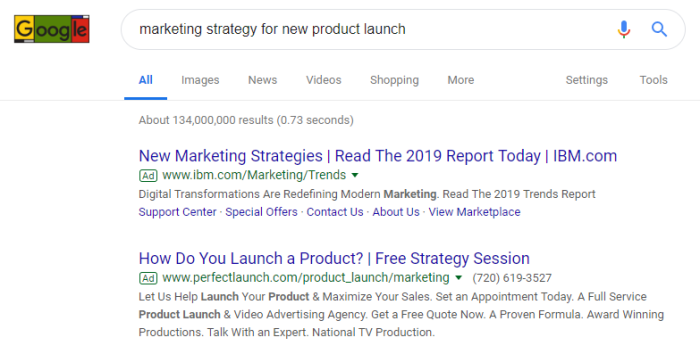Understanding Long-Tail Shopping s: Long-Tail Shopping Keywords
Long-tail shopping s are specific phrases that customers use when searching for products online. Unlike generic short-tail s, which typically consist of one or two words, long-tail s are often three or more words long. These s hold significant value in e-commerce as they target niche markets and attract more qualified traffic. For example, instead of searching for “shoes,” a shopper might type “women’s red running shoes size 8,” which showcases their specific needs.
When it comes to product categories, examples of long-tail shopping s include:
- “organic coffee beans for espresso”
- “eco-friendly yoga mats for beginners”
- “luxury silk scarves for men”
The key difference between long-tail and short-tail s lies in their intent and specificity. Short-tail s are broader and more competitive, while long-tail s cater to particular buyer needs, making them less competitive and more likely to convert.
Benefits of Using Long-Tail Shopping s, Long-Tail Shopping Keywords
Targeting long-tail shopping s offers numerous advantages for online retailers. These s enhance customer targeting and can significantly improve conversion rates since they align closely with what buyers are genuinely looking for. For instance, customers who use long-tail s are typically further along in the purchasing process and have a clearer idea of what they want.
Some benefits of long-tail s include:
- Higher conversion rates due to targeted intent
- Cost-effectiveness compared to broader search terms, as they often result in lower competition and cheaper bids in PPC campaigns
- Enhanced brand visibility in niche markets
In contrast to broader search terms, long-tail s typically come with lower costs per click, making them a smart choice for budget-conscious retailers aiming to maximize their ROI.
Strategies for Identifying Long-Tail Shopping s
Generating long-tail shopping s involves a combination of analyzing customer queries and utilizing search trends. Retailers can begin by examining the phrases their customers use in search engines, social media, and during purchase inquiries.
Here’s a step-by-step guide to finding long-tail shopping s:
- Use tools like Google Planner or Ubersuggest to identify suggestions based on seed s.
- Analyze customer queries from your website’s search bar to find common phrases and questions.
- Check out forums and social media platforms to see how customers discuss your products.
Additionally, specific niche markets often contain unique long-tail s, such as:
- “sustainable pet products for dogs” in the pet care market
- “vintage-inspired home decor” in the home goods market
Integrating Long-Tail Shopping s into Content

Developing a content strategy that effectively incorporates long-tail shopping s can greatly enhance product visibility. It’s essential to weave these s naturally into product descriptions, ensuring they provide valuable information to potential customers.
For instance, a blog post titled “Top 5 Women’s Winter Coats for 2023” can include phrases like “best insulated winter coat for extreme cold” or “stylish waterproof winter coat for travel” in its content. This integration not only improves but also makes the content more relevant to reader inquiries.
Structuring website content around long-tail s should include:
- Using s in headings and subheadings to guide both users and search engines.
- Creating informative blog entries that answer specific customer questions.
- Incorporating s into FAQs to address common shopper queries.
Measuring the Effectiveness of Long-Tail Shopping s
Tracking the performance of long-tail shopping s is crucial for understanding their impact on e-commerce campaigns. Retailers can utilize analytics tools to monitor traffic, conversion rates, and engagement metrics associated with these s.
A comparison table showcasing engagement metrics before and after implementing long-tail s can illustrate their effectiveness:
| Metric | Before Implementation | After Implementation |
|---|---|---|
| Traffic | 500 visits/month | 800 visits/month |
| Conversion Rate | 2% | 5% |
Tools such as SEMrush and Ahrefs provide valuable insights into performance, helping retailers refine their strategies for maximum impact.
Case Studies and Success Stories
Several businesses have successfully harnessed the power of long-tail shopping s to boost their online presence. For example, a boutique selling handmade candles might focus on s like “soy wax candles for relaxation” to attract customers looking for eco-friendly options.
However, some businesses face challenges when adopting long-tail s, such as identifying the right phrases or integrating them seamlessly into their existing content. Despite these challenges, industries like health and wellness, fashion, and home improvement have thrived by focusing on long-tail shopping s, leading to increased sales and customer loyalty.
Future Trends in Long-Tail Shopping s
Emerging trends indicate that long-tail shopping s will continue to play a pivotal role in shaping the e-commerce landscape. With more consumers using voice search and personal assistants like Siri and Alexa, the phrases used in searches are becoming increasingly conversational and specific.
As consumer behavior evolves, retailers must adapt to the changing landscape, recognizing that customers are likely to use longer, more detailed queries when searching for products. Advancements in AI and machine learning will further refine search algorithms, making it crucial for retailers to stay ahead by continually updating their strategies. The future of long-tail shopping s promises to be dynamic, with technology paving the way for even more personalized shopping experiences.